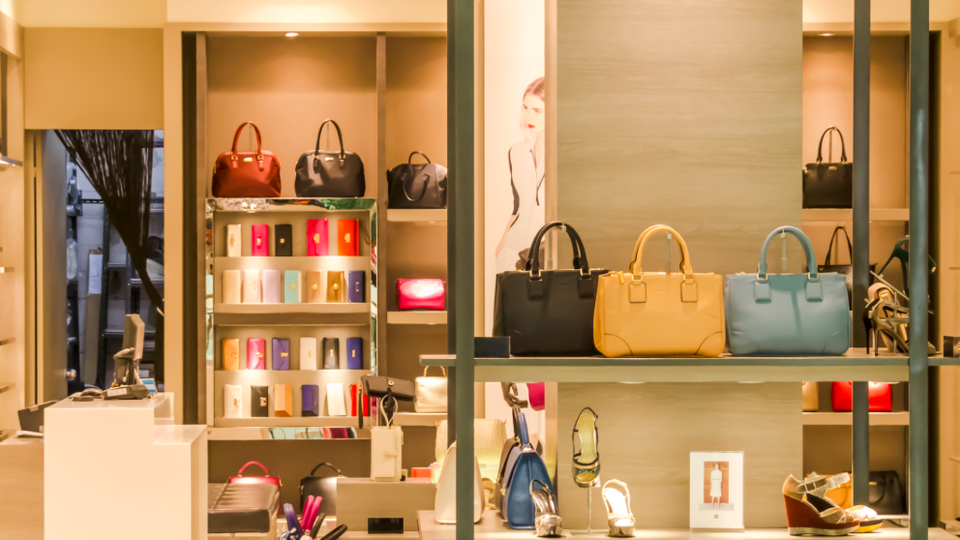
CBRE’s 2017 Asia Pacific Real Estate Market Outlook highlights retailtainment and other trends in a shopping landscape dominated by e-commerce.
Changes in China’s retail landscape continue to reflect the extent to which online shopping has altered the way Chinese consumers interact with brick-and-mortar stores. E-commerce’s continued influence—combined with China’s economic slowdown and major geopolitical developments over the past year—is leading luxury retailers across Greater China to become much more selective, agile, and efficient when it comes to managing their brick-and-mortar portfolio.
A new report by real estate services company CBRE says that in order to stay ahead in 2017, brick-and-mortar luxury retailers will continue to refrain from the over-expansion that was common for brands several years ago, and will instead focus on consolidating their locations to target consumers in “core areas.” In these core areas, brands are expected to expand their flagship spaces, rather than total store count, putting more emphasis on brand experience. Meanwhile, more will likely close stores in other areas to “increase sales efficiency.”
In fact, consumer experience will continue to be a leading driver for shopping mall landlords and retailers this year, according to CBRE’s 2017 Asia Pacific Real Estate Market Outlook report. Pushed by e-commerce trends—by 2020, e-commerce sales are expected to jump from 15 percent to account for 24 percent of the retail market share in Asia Pacific—mall developers in China have already made major overhauls to their offerings in recent years. Newly opened shopping malls put less of an emphasis on fashion brands, instead shifting to “retailtainment,” which includes both traditional forms of entertainment, like arts and educational spaces, but also food and beverage.

The Grand Summit in Beijing exemplifies this approach. The mall feaures a fitness studio, cafes and bakeries, community art exhibitions, farmers markets, and locally-run multi-brand stores driving engagement through online-to-offline marketing. Beijing’s new Topwin Center shopping mall, located in the capital’s trendsetting Sanlitun district, employs a similar formula. It attracts customers with experience-focused tech and design stores, a high-end gym, cafes and lifestyle shops aimed at design-savvy millennials, as well as art exhibitions, pop-up retail spaces, and regular markets. Commercial property giant Wanda, despite shutting almost 40 shopping locations across the mainland starting in 2015, has pivoted to focus on creating “tourism centers”—shopping malls boasting movie parks, indoor water parks, miniature golf courses and educational centers.
This year, though, Chinese shoppers can expect to see more emphasis on “retailtainment” that falls into the health and fitness category, reflecting a growing consumer interest in healthy lifestyles. Not only does this mean malls are likely to make space for more sport facilities, but also that developers will set aside retail space for niche brands trying to make it into the China market. As for global fitness brands in China, companies like Lululemon are already becoming trendsetters. “Major global brands retain a strong appetite for very large retail spaces which can also host in-store training classes and events,” according to the report.
“The challenging retail environment will continue to drive shopping centre landlords to improve their facilities to ensure they stay competitive.”
Making space for entertainment facilities certainly demands more square footage, but China’s commercial property market remains in oversupply, at at about 21.5 million square feet, with just under half of the new supply in Shanghai and Shenzhen. Cautious expansion combined with this oversupply means rents are remaining flat. “The challenging retail environment will continue to drive shopping centre landlords to improve their facilities to ensure they stay competitive,” according to the report, and with demand for retailtainment only growing, it’s crucial that landlords remain focused on this model going forward.
This article was originally published in Jing Daily.










